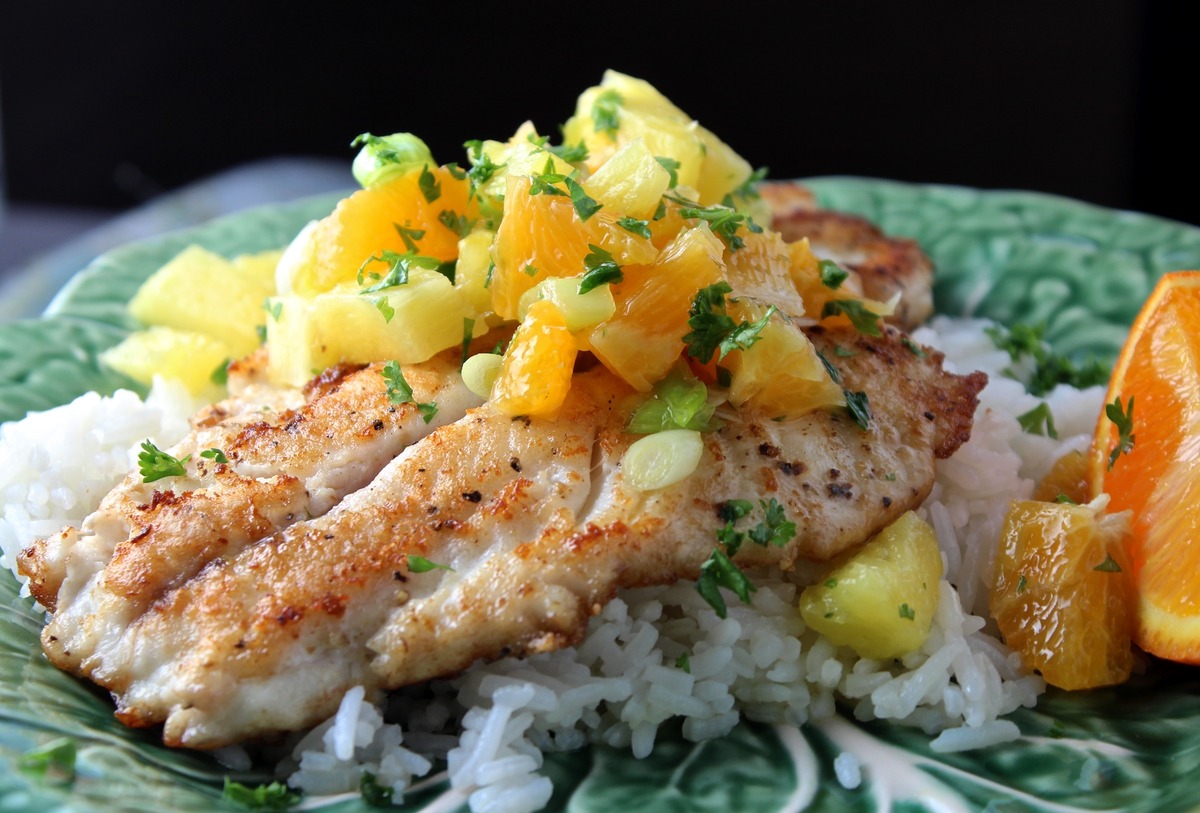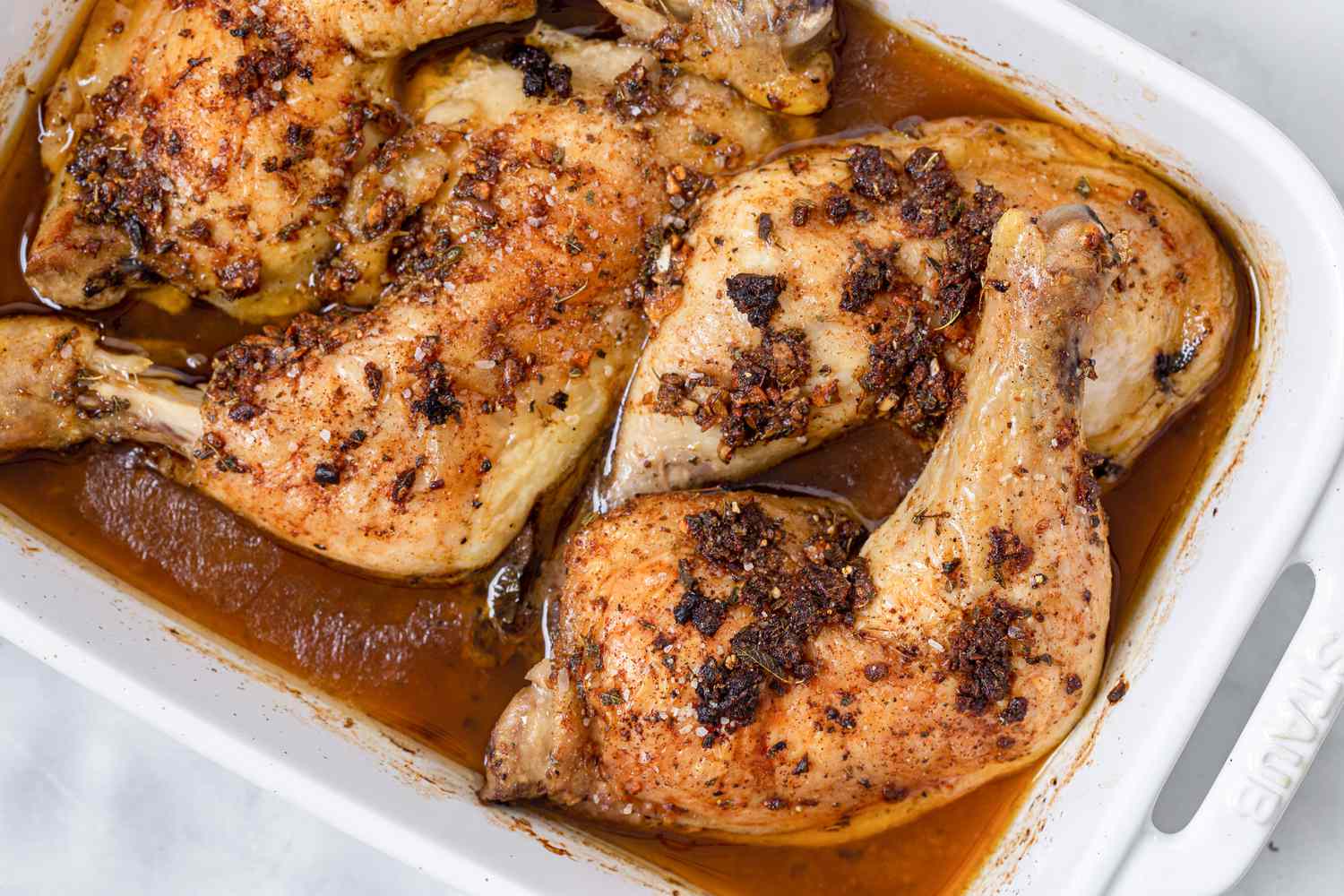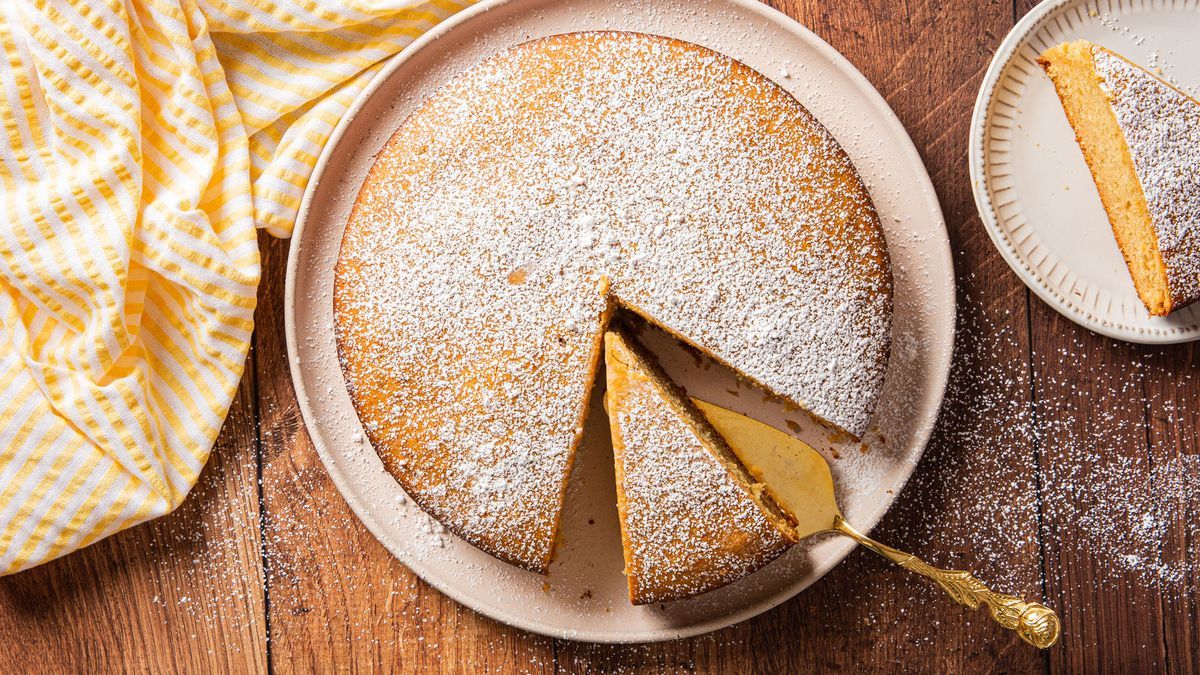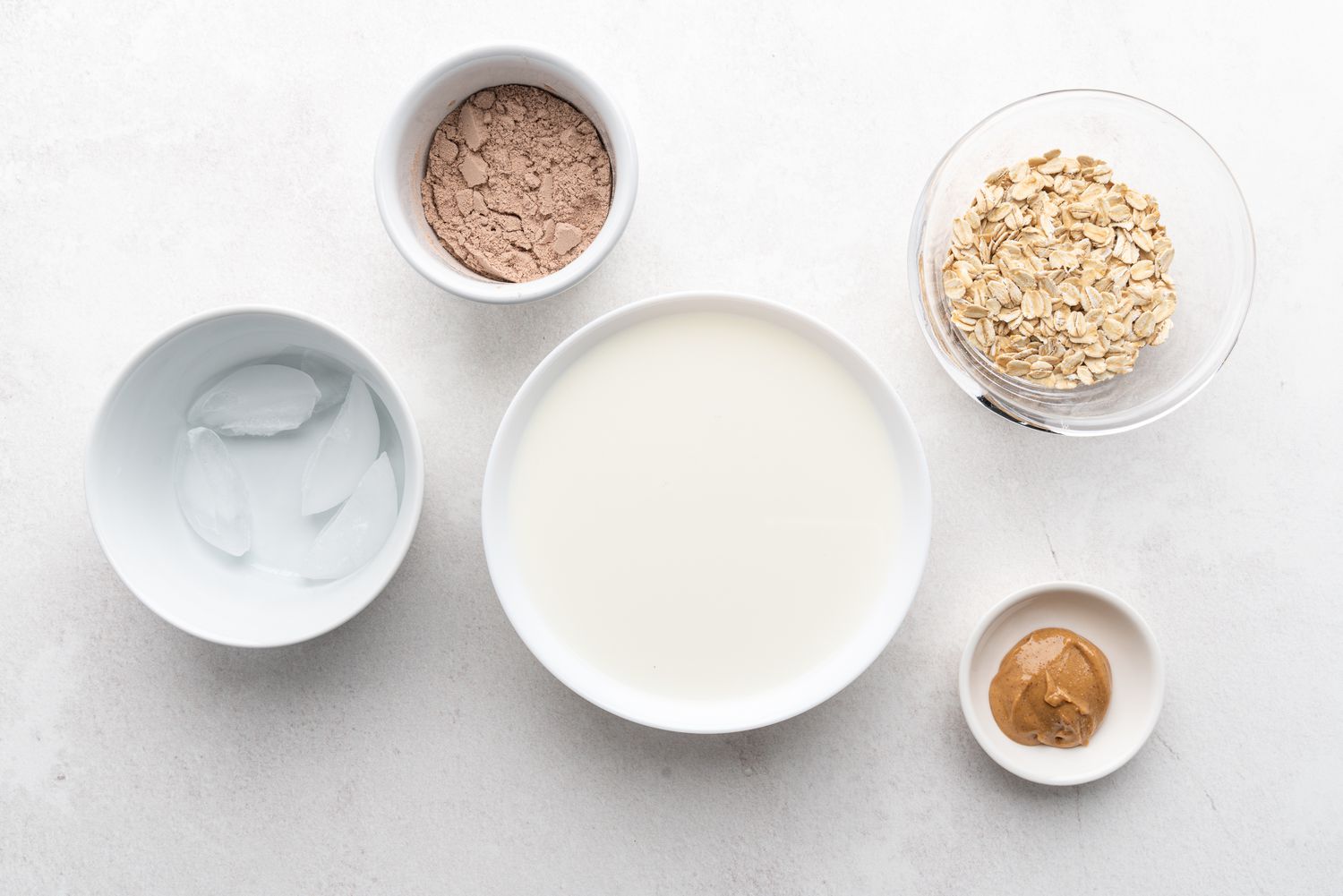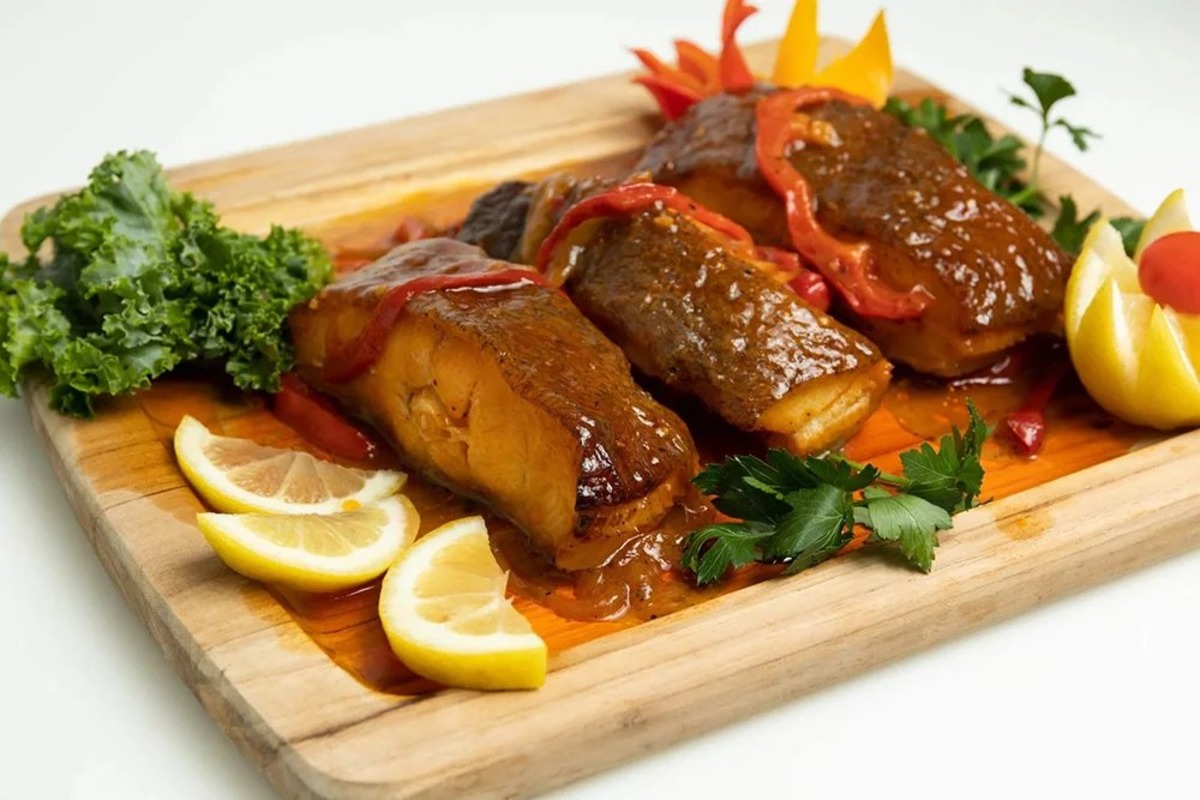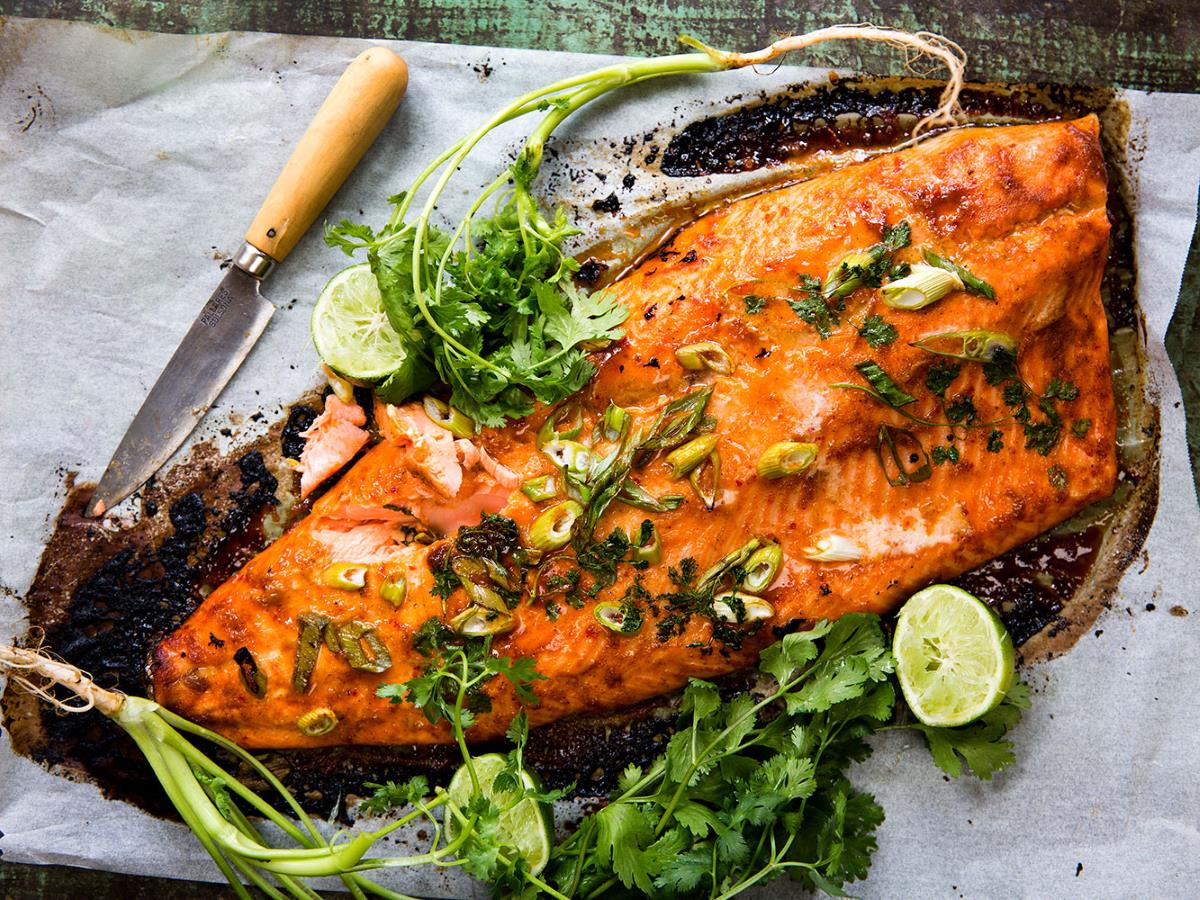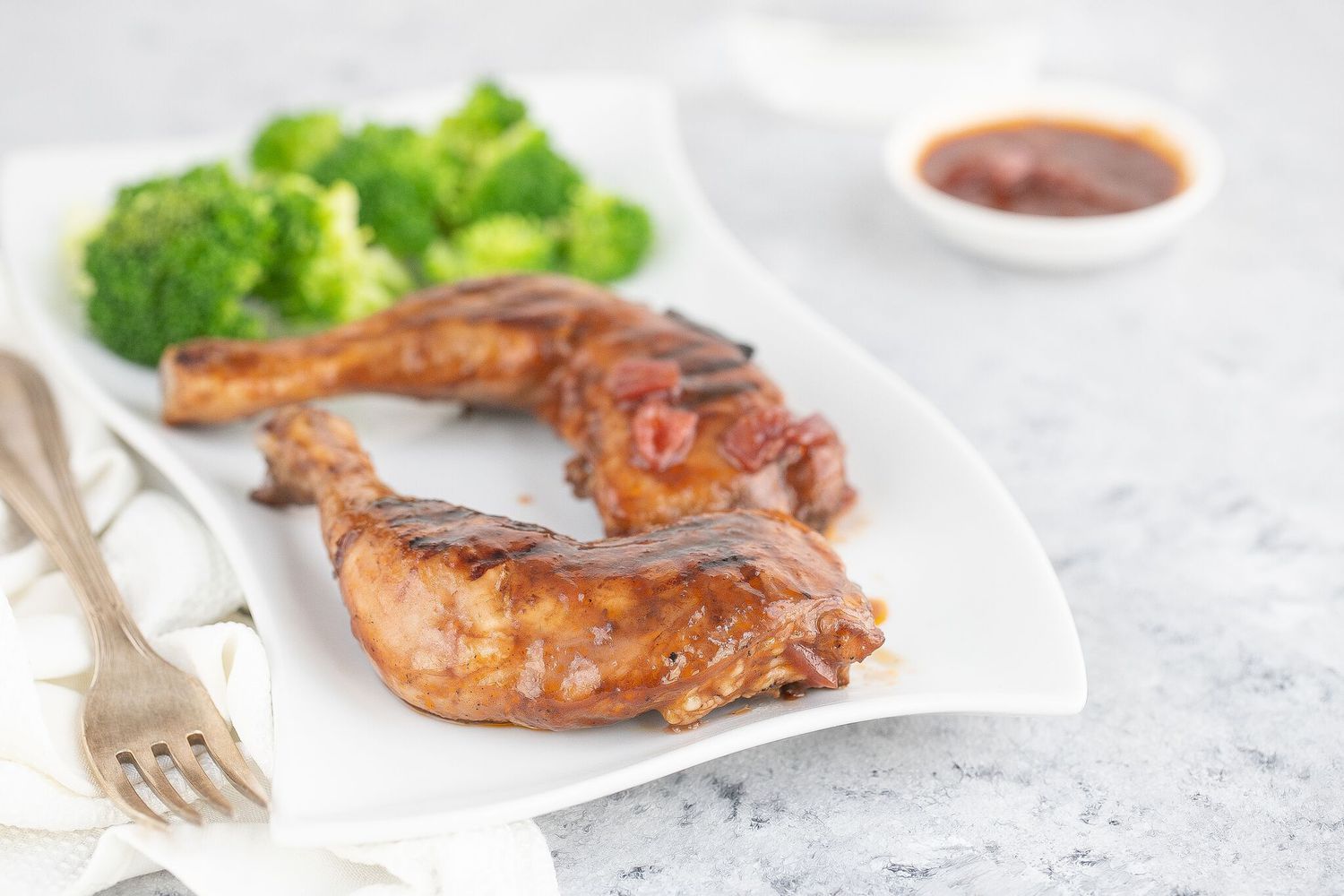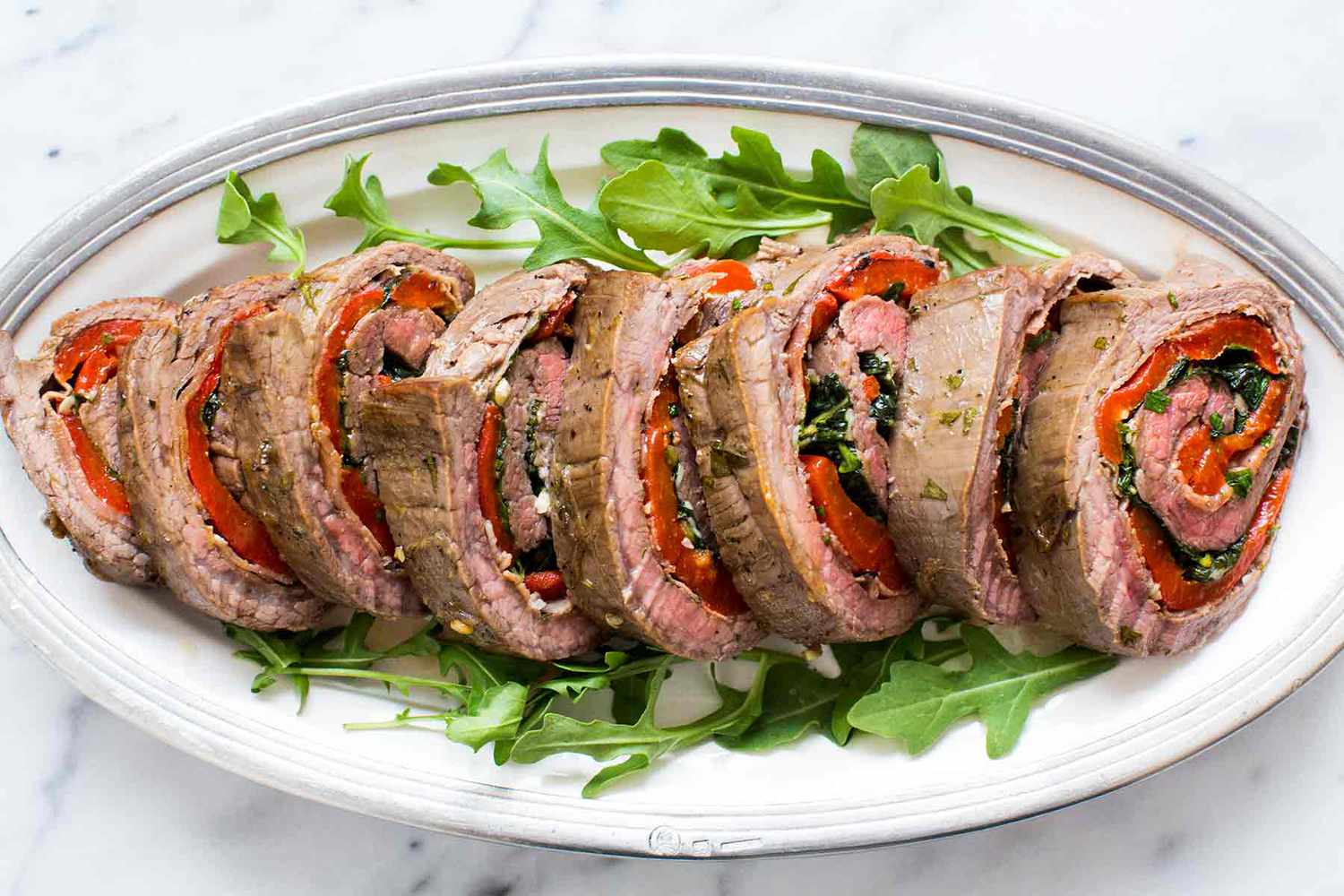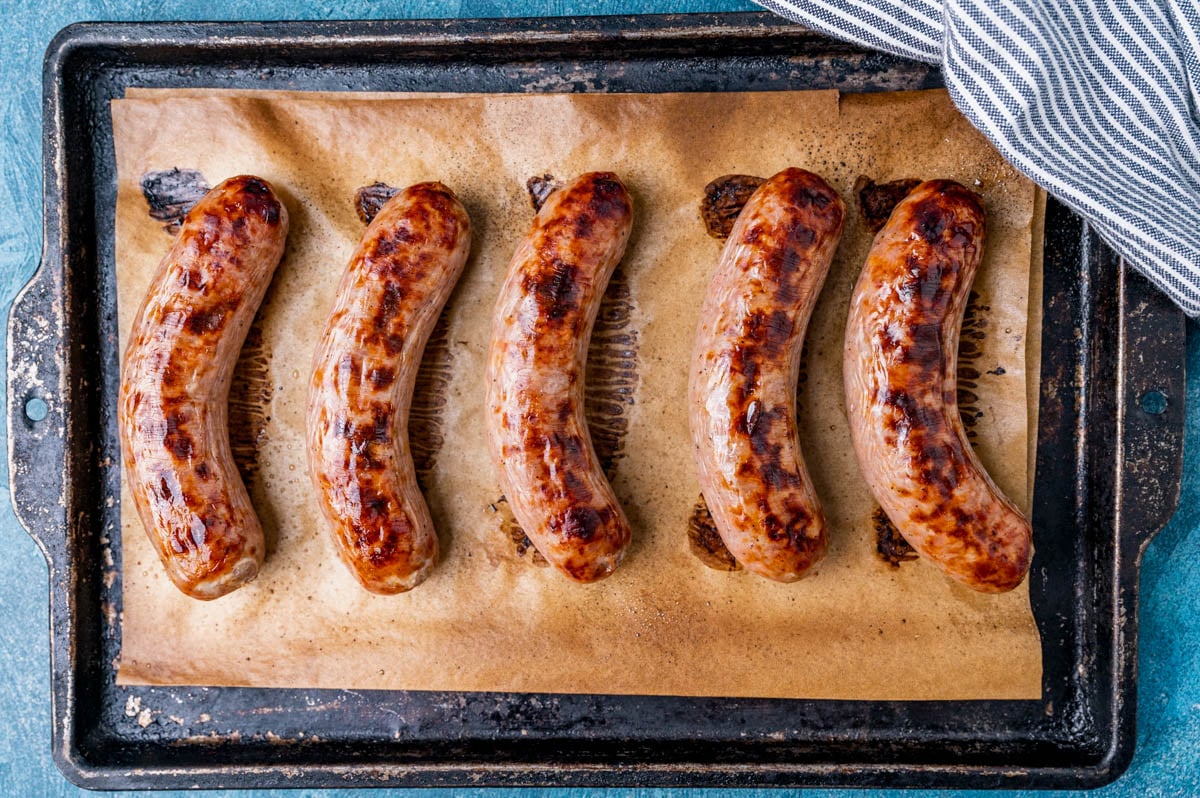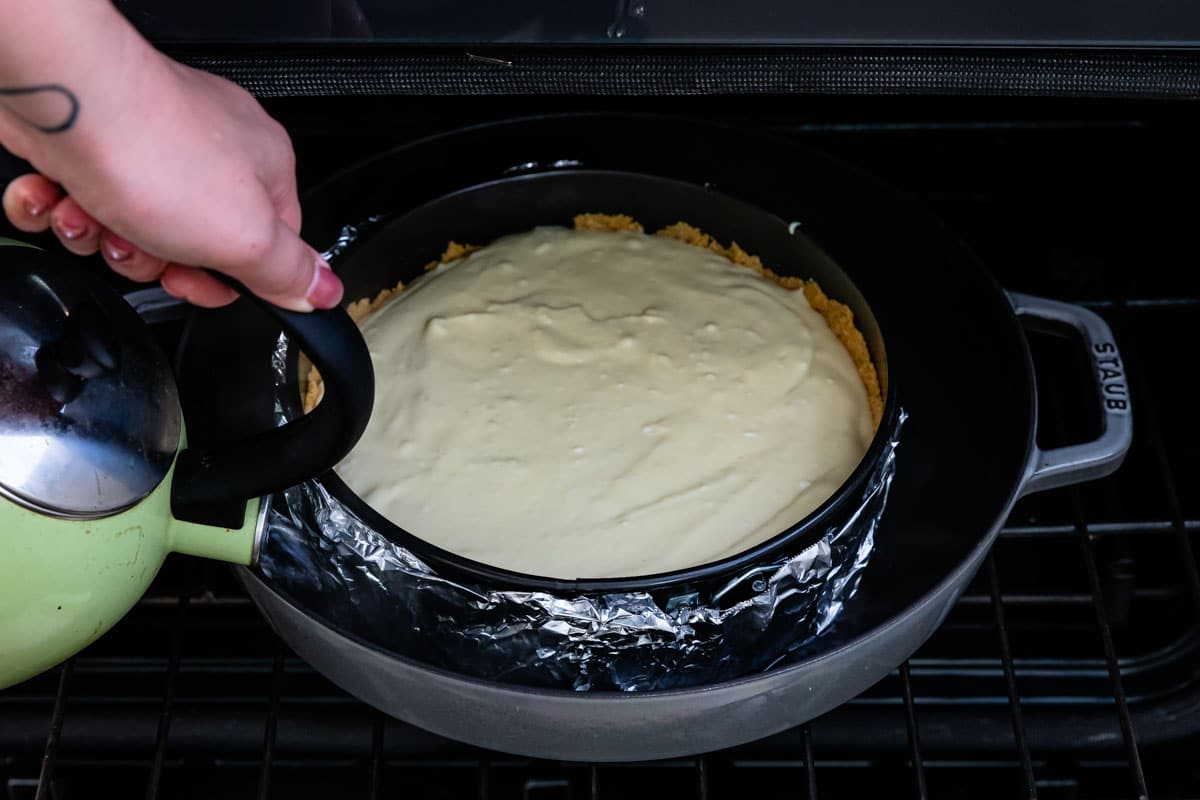Baking perfect asparagus transforms this humble vegetable into a tender, slightly crispy delight, ideal for a healthy side dish. Achieving perfection in the oven is simpler than you might think. Start by preheating your oven to a hot 400°F (200°C), ensuring it's ready to evenly roast the spears. Next, preparation is key: wash the asparagus thoroughly, then trim off the tough ends to ensure every bite is pleasantly edible. A light coating of olive oil, seasoned with salt and pepper, not only enhances flavor but also promotes that desirable golden-brown finish. Spread them in a single layer on a baking sheet, and you're set for success.
Essential Ingredients for Baking Asparagus
- Fresh asparagus spears, trimmed
- Olive oil
- Salt
- Ground black pepper
- Optional: garlic powder, lemon juice, or grated Parmesan cheese
Must-Have Tools for Baking Asparagus
- Baking sheet
- Parchment paper or silicone baking mat
- Oven mitts
- Sharp knife
- Cutting board
- Vegetable peeler (optional, for peeling thicker asparagus stalks)
- Measuring spoons
- Mixing bowl (for seasoning)
- Tongs (for flipping asparagus during cooking, if needed)
For perfectly baked asparagus, preheat your oven to 400°F. Trim the tough ends, toss with olive oil and salt, then bake for 25 minutes until tender and lightly browned.
The Importance of Baking Asparagus
Baking asparagus brings out its natural sweetness and tender texture, making it a favorite for healthy, flavorful meals. This method preserves nutrients and enhances flavor, offering a simple yet delicious way to enjoy this versatile vegetable. Perfectly baked asparagus can elevate any dish, providing a nutritious side that complements a variety of main courses.
Your Guide to Perfectly Baked Asparagus
-
Preheat your oven to 400°F (200°C). This temperature is ideal for roasting asparagus, ensuring it becomes tender without losing its vibrant green color.
-
Wash the asparagus thoroughly under cold water to remove any dirt or grit. Asparagus grows in sandy soil, so this step is crucial for avoiding a gritty texture in your final dish.
-
Trim the woody ends of the asparagus. You can do this by either snapping the ends off, which allows the asparagus to naturally break where the tender part starts, or by cutting about an inch off the bottom with a knife.
-
Dry the asparagus completely after washing. Any excess water can cause the asparagus to steam rather than roast, affecting the texture.
-
Arrange the asparagus in a single layer on a baking sheet. Ensuring the asparagus isn't overcrowded on the pan is key to achieving an even roast.
-
Drizzle olive oil over the asparagus. Use your hands or a brush to make sure each spear is lightly coated. This helps in caramelizing the outside while keeping the inside tender.
-
Season with salt and pepper, according to your taste. You can also add other seasonings like garlic powder, lemon zest, or Parmesan cheese for extra flavor.
-
Roast in the preheated oven for about 12-15 minutes. The exact time may vary depending on the thickness of your asparagus spears. Thin spears might take less time, while thicker ones could need a few more minutes.
-
Check for doneness by piercing a spear with a fork. Perfectly roasted asparagus should be tender but still slightly crisp, not mushy.
-
Serve immediately. Roasted asparagus is best enjoyed fresh from the oven, while it's still warm and its flavors are at their peak.
Mastering the Art of Asparagus Baking
Baking perfect asparagus isn't just about following a recipe. It's about understanding the vegetable's unique qualities and how heat transforms it. Remember, choosing fresh, vibrant stalks and trimming them properly sets the stage for success. Preheating your oven and seasoning your asparagus with the right balance of oil, salt, and your favorite spices can elevate the flavor to new heights. Don't forget, baking times may vary based on thickness, so keep an eye on your oven and adjust accordingly. Experimenting with additional flavors like lemon zest or Parmesan cheese can add a delightful twist to your dish. With these tips in mind, you're well on your way to serving up asparagus that's not just cooked but perfectly baked to bring out its best taste and texture. Happy baking!
Common Questions About Baking Asparagus
How long does asparagus take to bake?
Asparagus bakes up nice and tender in about 12-15 minutes at 400°F. Keep an eye on thinner stalks, as they cook faster. You want them just right, not too mushy or too crunchy.
What temperature is best for baking asparagus?
A hot oven, around 400°F, is perfect for baking asparagus. This high heat ensures they get a bit crispy on the outside while staying tender inside.
Should I peel asparagus before baking?
Peeling isn't necessary for most asparagus. However, for thicker stalks, peeling the bottom half can help them cook more evenly. It's all about personal preference and the thickness of your stalks.
How can I season asparagus for baking?
Olive oil, salt, and pepper are classics for a reason. For extra flair, try adding minced garlic, lemon zest, or Parmesan cheese before baking. Experiment to find your favorite combo!
Can I bake asparagus with other vegetables?
Absolutely! Asparagus pairs well with veggies that have similar cooking times, like bell peppers or cherry tomatoes. Just chop them up, toss them all together with your favorite seasonings, and spread them out on a baking sheet.
How do I know when asparagus is done baking?
Asparagus should be tender enough to pierce easily with a fork but still have a bit of a crunch. The tips might brown slightly, which adds a nice touch of flavor.
Is it better to bake or steam asparagus?
Baking asparagus brings out its natural sweetness and adds a delightful crispiness that steaming doesn't. But if you prefer a softer texture, steaming is a great option. It all boils down to your taste and texture preferences.
